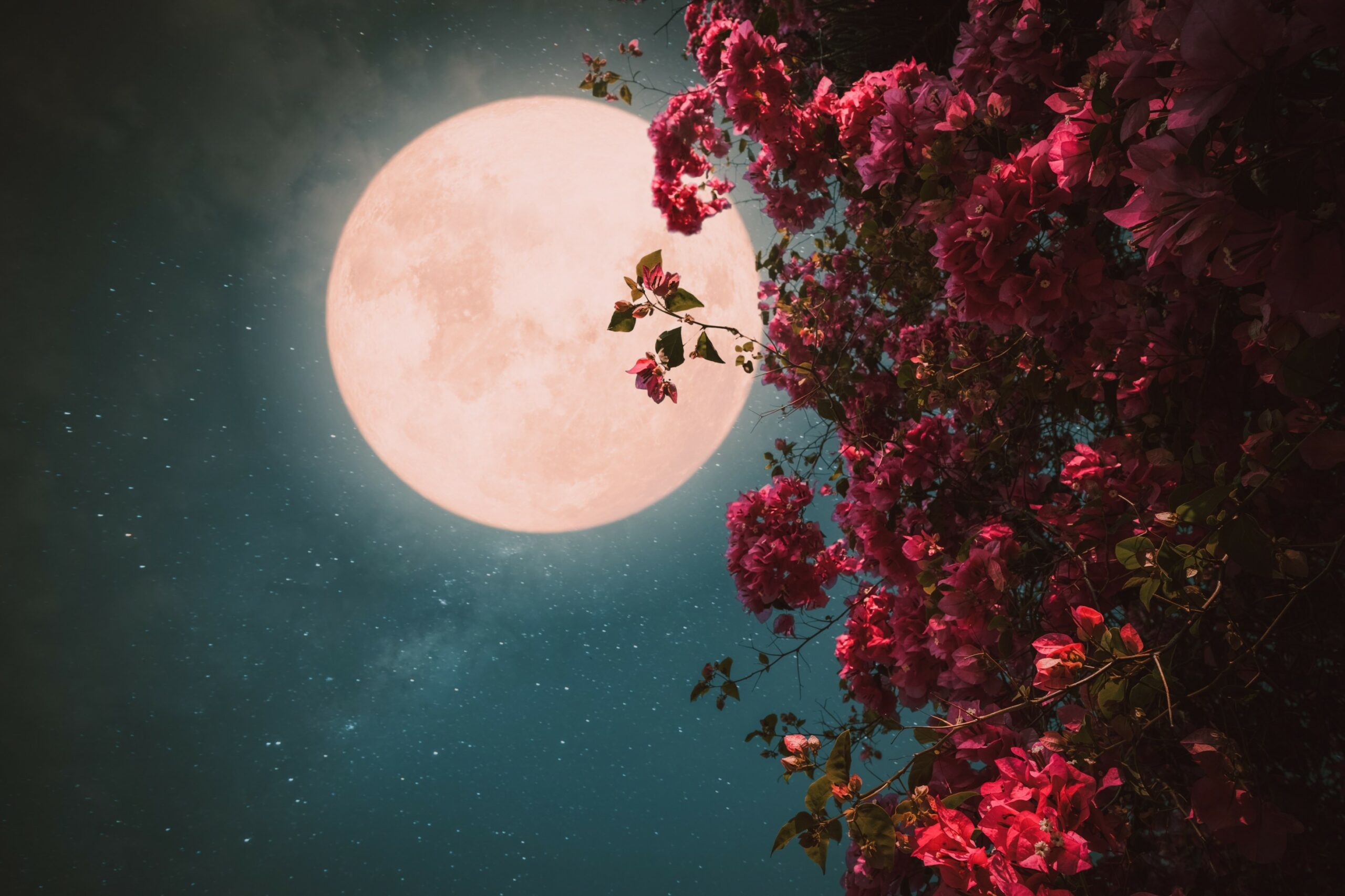
Heavy Rain, Flooding, and Chance of Severe Weather Staring Down the Southern U.S.
January 22, 2024
Posted: March 27, 2021 4:17 pm





Worm Moon Will be the Fourth-Closest Full Moon to Earth in 2021
The sky will be aglow in light on Sunday with the arrival of the first full moon of the new spring season.
Worm Moon to Appear: The Worm Moon was named to signify the onset of milder weather. The name refers to the slew of earthworms that begin to appear in the ground as the temperatures start to warm. While the moon primarily goes by the moniker of the Worm Moon, alternative names for this March moon include the Sugar Moon, the Sore Eyes Moon, and the Wind Strong Moon.
Details of the Worm Moon: Sunday’s astronomy event is the last of three happening in March. The Worm Moon should also be the easiest of the three to view without a special telescope. The moon will begin to be visible as the sun begins to set on Sunday in the eastern portion of the sky. You can find the moon glowing with the constellation Virgo. It will spread light all night before it moves to the western sky and sets as the sun comes up on Monday.
Although the moon will appear to be the brightest as the sun sets, the moon will be its fullest at 2:50 pm EDT. You will also be able to see it to some degree on Saturday and Monday nights.
Other Astronomy Events for March: The Worm Moon will wrap up what has been a busy month for astronomy enthusiasts. The month kicked off with the Jupiter-Mercury Conjunction. This event marked the two planets appearing beside each other in the sky during the early morning hours of March 5. Astronomy experts appreciate events such as this because Mercury is generally more challenging to find with the naked eye.
March 20 featured the equinox, marking the change from winter to spring. At 5:37 am EDT, the Northern Hemisphere moved from winter to spring. Conversely, the Southern Hemisphere transitioned from summer to fall. On this day on the calendar, the sun’s rays shine most directly over the equator. This provides an equal balance of 12 hours of daylight and 12 hours of darkness across the planet.
March is typically a great time to gaze at the skies. The warmer temperatures make it easier to get outside and check out what is happening in the night sky. While the nights are starting to get shorter, there are still plenty of opportunities to see the astronomy events before it gets too late.
Looking Ahead: April’s full moon will be larger and brighter than it usually is this month. This is because the month will host the first of three supermoons on tap for the year.
Sunday’s Worm Moon will be distinguished as the fourth-closest full moon to the earth this year. April, May, and June are the three months that will have full moons that are closer. May wins the honor of being the closest full moon in 2021.

January 21, 2024

January 19, 2024

January 18, 2024